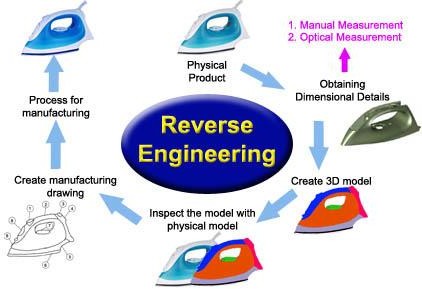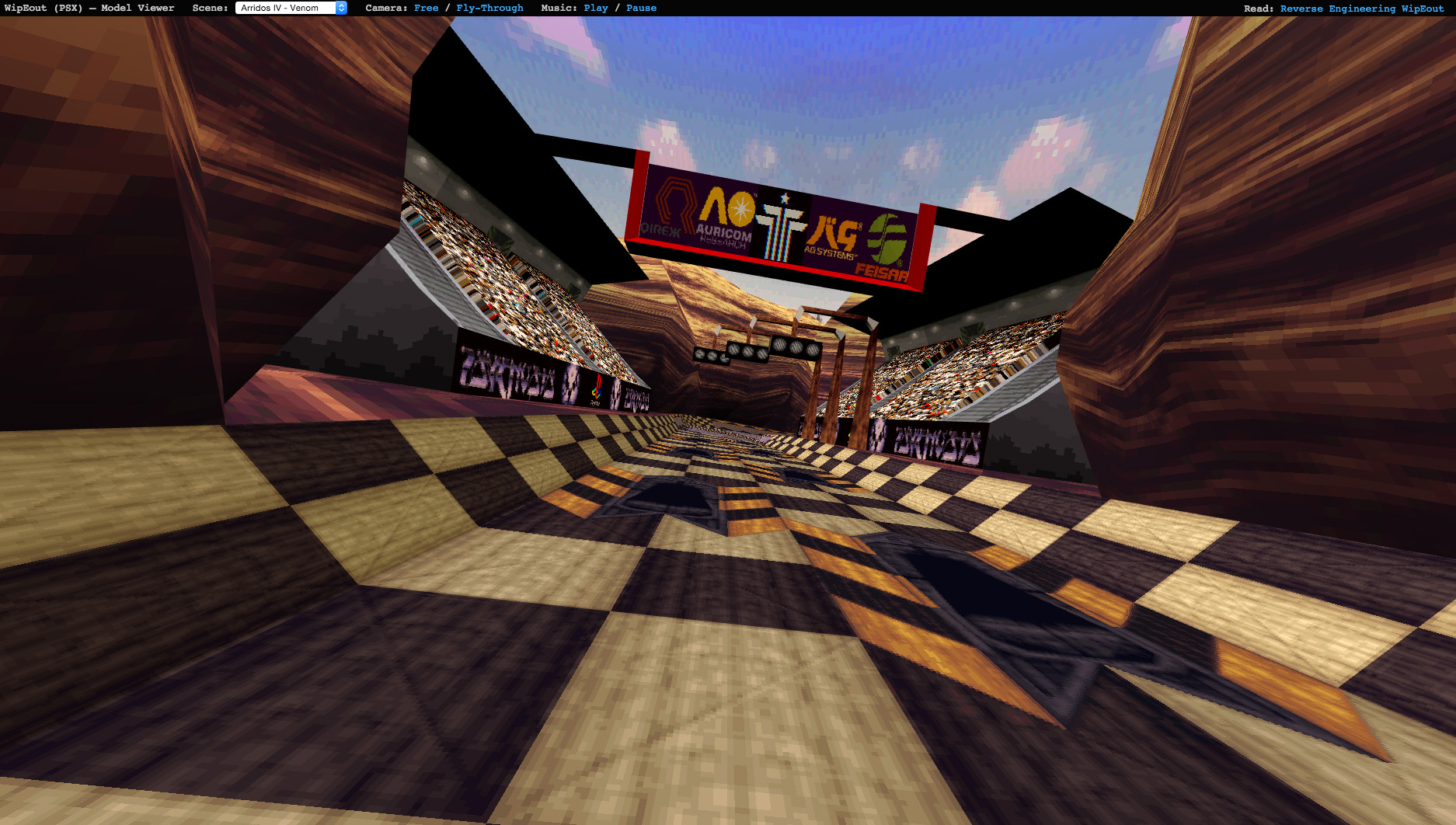Reverse Engineering in Video Games: Delving into the Mysteries of Game Mechanics

The world of video games is a realm of intricate systems and hidden mechanics, all working together to create immersive and engaging experiences for players. However, beneath the surface of these virtual worlds lies a fascinating layer of complexity that goes beyond what meets the eye. This is where reverse engineering comes into play, a practice that involves deconstructing and analyzing the inner workings of video games to uncover their underlying principles.

Reverse engineering in video games is an art form that requires a deep understanding of programming, game design principles, and a keen eye for detail. It involves meticulously examining the game’s code, data structures, and assets to understand how they interact and contribute to the overall gameplay. By peeling back the layers of abstraction, reverse engineers gain insights into the game’s mechanics, algorithms, and even hidden features that may not be immediately apparent to players.

The motivations for reverse engineering video games are diverse. Some individuals pursue it out of sheer curiosity, driven by a desire to understand how their favorite games work. Others engage in reverse engineering to uncover hidden content, debug issues, or even create mods and custom content that enhance the gameplay experience. Additionally, reverse engineering can be a valuable tool for researchers and academics studying game design, artificial intelligence, and other aspects of game development.
The process of reverse engineering a video game typically involves several steps. First, the game’s files are extracted from its original format and converted into a more accessible format that can be analyzed. This can be achieved using specialized tools and techniques, such as hex editors and disassemblers, which allow the reverse engineer to explore the game’s code and data.
Once the game’s files have been extracted, the reverse engineer begins the painstaking task of analyzing the code. This involves identifying patterns, understanding the relationships between different code segments, and piecing together the logic behind the game’s mechanics. It requires a deep understanding of programming languages, algorithms, and the specific technologies used in game development.
As the reverse engineer progresses through the code, they may encounter encrypted or obfuscated sections. These can be particularly challenging to decipher, requiring specialized tools and techniques to bypass the security measures implemented by the game developers. However, overcoming these obstacles can lead to the discovery of hidden features, secrets, and easter eggs that were intentionally concealed by the developers.
Reverse engineering video games can also involve analyzing the game’s data structures, which store information such as character attributes, item properties, and level layouts. By understanding the structure and format of these data structures, reverse engineers can gain insights into the game’s underlying design and potentially manipulate them to modify the gameplay experience.
The knowledge gained through reverse engineering can be used for various purposes. Some reverse engineers use it to create mods, which are user-created modifications that alter the game’s mechanics, content, or graphics. Others use it to develop tools and utilities that enhance the gaming experience, such as trainers, cheat codes, and debugging tools. Additionally, reverse engineering can contribute to the preservation of video game history by documenting and archiving the technical details of older games that may no longer be available in their original form.
Reverse engineering video games can be a challenging and rewarding endeavor, offering a unique perspective into the intricate workings of these digital worlds. It requires a combination of technical expertise, analytical skills, and a passion for understanding how things work. While it can be a time-consuming process, the insights gained through reverse engineering can lead to a deeper appreciation for the craft of game development and the artistry behind the games we play.


Fascinating stuff! I never knew how much hidden complexity goes into designing modern video games. It’s incredible how developers can create these immersive experiences by tweaking and refining gameplay mechanics behind the scenes.
This is just more evidence of how greedy game companies are. They’re hiding all these mechanics from us just to make us buy more loot boxes and microtransactions. It’s a scam!
I’m a software engineer myself, and I find the techniques described in this article fascinating. It’s amazing how much you can learn about a game’s inner workings by reverse engineering it.
The author makes some interesting points about the role of reverse engineering in video game development. However, I disagree with their conclusion that it’s always a positive force. In some cases, it can lead to unfair advantages for players who exploit hidden mechanics.
Oh, the irony! Game developers spend all this time hiding mechanics from players, but then they release articles like this that tell us exactly how to find them. It’s like they’re saying, ‘Here, let me show you how to cheat.’
Wow, this article is groundbreaking. I never would have guessed that video games have hidden mechanics. Next, you’re going to tell me that the Earth is round.
I’m not sure why I’m reading an article about reverse engineering video games when I can’t even figure out how to turn on my toaster. But hey, at least I got a chuckle out of the part where the author said ‘jank.’
This article provides a valuable overview of the techniques used in reverse engineering video games. However, I would have liked to see more detailed examples and case studies.
Reverse engineering video games can be a powerful tool for identifying vulnerabilities and improving security. However, it’s important to use these techniques responsibly and not exploit them for malicious purposes.
The author’s analysis of the hidden mechanics in ‘Tetris’ is particularly insightful. It’s amazing how such a simple game can have such complex underlying systems.
As a complete beginner in video game development, this article was a bit too technical for me. I would have appreciated a more simplified explanation of the concepts.
I’ve been reverse engineering video games for years, and I can tell you that it’s not as easy as it sounds. It requires a lot of patience, technical skill, and a deep understanding of the game’s code.
I’m worried about the implications of reverse engineering for the video game industry. If players can easily discover and exploit hidden mechanics, it could ruin the fun for everyone else.